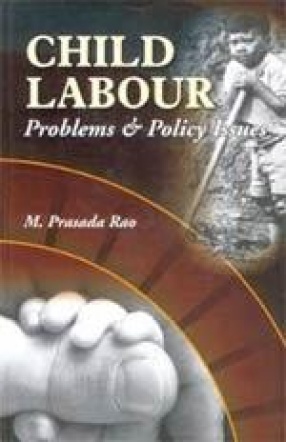

India's Population Census 2001 is the first in this millennium, and sixth after independence and fourteenth in the series of decennial census starting from 1872. The provisional census results of 2001 give information on the growth rate of population, changes in the sex ratio particularly the child sex ratio, literacy, urbanization, occupational structure of workers and slum demography. India's population is tripled during the past 50 years (1951-2001) from 361 ...

This book seeks to test ‘distress diversification’ against ‘growth linkages’ to explain the propensity of rural people to be involved in rural non-farm employment as a primary income source. This is done through (a) district level and (b) household level regressions of the total proportion of rural non-farm employment (RNFE) and RNFE share by sub-sectors in Andhra Pradesh (AP), India. AP has India’s highest, and rising, age/gender-specific and overall ...

The recent observation of decline in the growth of labour force is due to: (1) the withdrawal of a substantial part of those in the working age group from the labour force, (2) an increase in the attendance at educational institutions and (3) withdrawal of some in the working age group from labour force due to non availability of work. The differences in age specific work participation rates will lead to a faster growth of labour force as compared to the working ...

‘Child Labour’ has become the problem of the hour across the globe with its multifaceted implications. The magnitude and dimension of the problem varies form region to region and received attention of the concerned including the International Labour organization (ILO). This child labour scenario in Indian context presents a more pathetic picture as most of the children in 6 – 14 ages are found not in schools but engaged in cattle rearing, firewood ...
